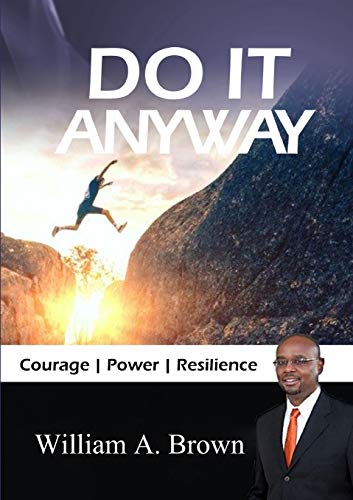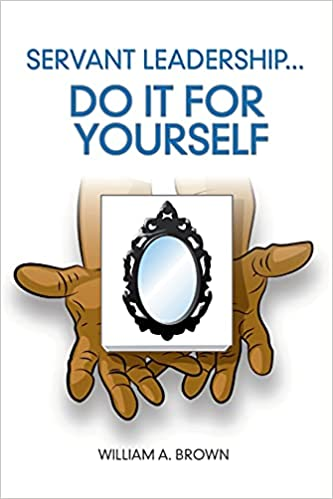Article-Detail
Management Training; An Ounce of Prevention
I've been writing weekly articles each week for the past 15 months, often times I find inspiration from lessons learned on movies, books, articles, or my own experiences or mistakes. This time a simple ‘expensive human resources mistakes’ google search produced 118,000,000 results on bing. The biggest themes I pulled from the information I read was the lack of training that results in noncompliance with labor laws and regulations. I’ve covered many labor laws and resources to help people educate themselves and avoid expensive mistakes. This article’s purpose is to encourage readers to take the next step, teaching employees what you have learned, so they can apply the rules. It's common for small organizations to get in trouble because they don’t usually have a human resources professional on staff leaving them exposed to costly mistakes. The expensive lesson? Not knowing is not a solid foundation to stand on in court. The courts will expect that you should have known. So to keep your team and organization in the clear, first learn yourself, then train your people from managers to front line workers. In short, an ounce of prevention.
I was fortunate at one point in my career to have a secretary who was very knowledgeable in labor law. Having spent time in a human resources office herself, as well as being ‘wicked smart’, she would challenge my decisions with laws I hadn’t heard of to that point. Being honest, it annoyed me at the time. Being even more honest, it kept me out of trouble. If you have someone with an expertise in this area, take advantage of them, it’ll make your life much easier.
Let me get ahead of many of the excuses out front. Employment laws change often and being up to date takes time, that’s true. Most leaders would rather spend time doing other things that more directly impact the work and the bottom line of the organization. Running a session for employees pulls them from the ‘important work’ that produces for the company can be a difficult decision to make, that is also true. Many of the employees in the room would rather be doing something else and will be actively disengaged, redirecting their attention will be challenging, that too, is true. To all that I say that a leader’s focus should always be on the big picture and what is good in the long run. The instinct to avoid what is difficult is natural, but must be overcome if you want to build a team that doesn’t have to spend exponentially more time in disputes, depositions, hearings, or trials.
There are resources at your fingertips such as articles, professional publications, webinars, and professional advisors available to help you stay ahead of the game or even to train your team for you. If you are not comfortable doing the training yourself, get an expert to help you with it. The cost, whatever it is, will be far less than the cost of an attorney to defend you against a harassment or discrimination case, and that that does not include any judgement that might be levied against you or your organization.
I’ve found that breaking the law down into bite sized bits is the easiest way to deliver information, keep people engaged, and make sure that the lesson ‘sticks’. One thought partner likes to use staff members to do hilarious skits for her staff. I’ve had leaders who conducted book reads, and used portions of staff meetings to review the reading and reinforce the lesson. I have a colleague who sends contract articles weekly with a brief description. There are many ways to get the job done, there might be someone on your team with an even better idea, this could be an opportunity for a burgeoning leader to demonstrate their ability. Often, part of a judgement will include training for staff and posting of policies to help organizations avoid future litigation, having a process will show that you are trying to stay educated.
As a child, my mother would repeat the phrase, “A hard head makes a soft behind”. What she meant was that not listening beforehand can be painful. In the context of business, ‘pain’ is also expensive. I have worked with organizations and employees through issues that have helped avoid conflict, discrimination/harassment complaints, and legal claims. My experience tells me that an ounce of prevention is worth your weight in $100 bills. For example:
A daycare employs a number of women in their 70s to care for children while their parents worked. This daycare employed a younger employee to join the team. The younger employee grew tired of having to chase running children or reach items off of the top shelf and yelled, “If they hire another 70 year old, I’m quitting!”
A food service worker in a kitchen dominated by immigrant workers who spoke limited English grew frustrated with the language barrier and yelled out, “There are too many Mexicans in here!”
A school principal tells a mouthy employee at a staff meeting to, “Get the fuck out of here!”
Each incident not only hurt the target of the incidents, it also hurt the people who heard it, heard about it, and who had to work with these violators. Making things worse, the bosses never addressed the issue. Any of these targets, direct or indirect, could file a successful hostile work environment claim if a comprehensive position isn’t taken by the employer. Addressing the violator is just the beginning, making sure it never happens again is part of the process, assuring everyone that your workplace is safe and that their reporting is a good thing completes the puzzle. Your people may not know this unless they are trained by their leader… you.
An employee who was trained and still violates the law can be held personally responsible for their actions. Your training demonstrates to an arbitrator or judge that the organization is making efforts to avoid this kind of trouble. I like to ask the question, “How do you hope you would be treated if you were them?” Let that quote be your guide, apply an ounce of prevention, train your people, and you will SOAR!
William A. Brown
February 16, 2020




